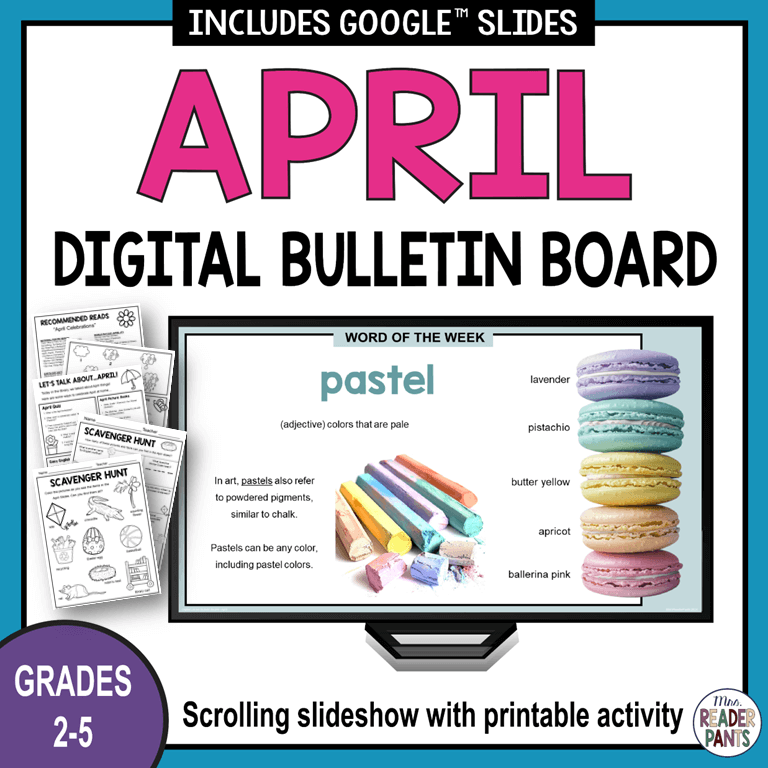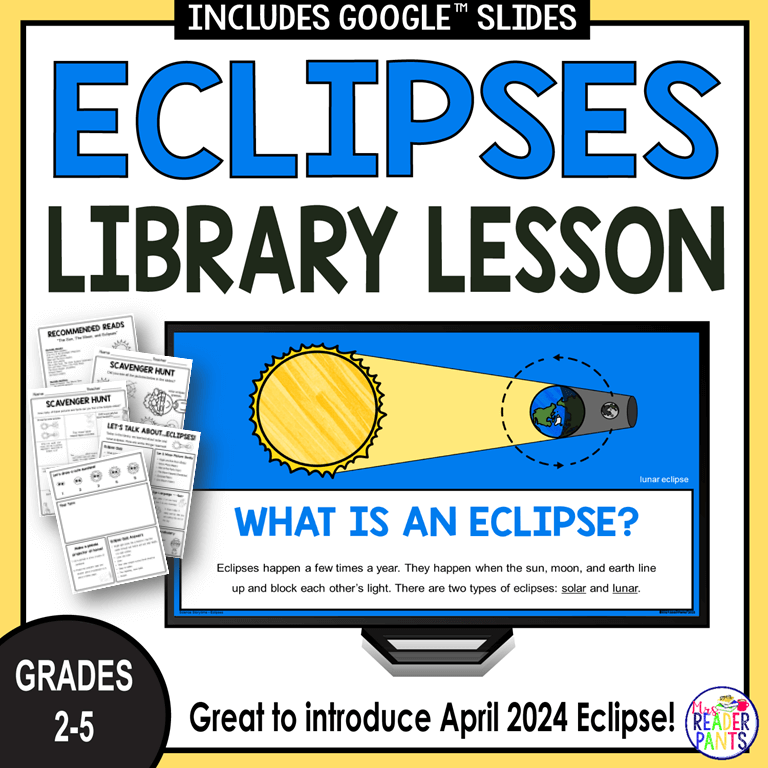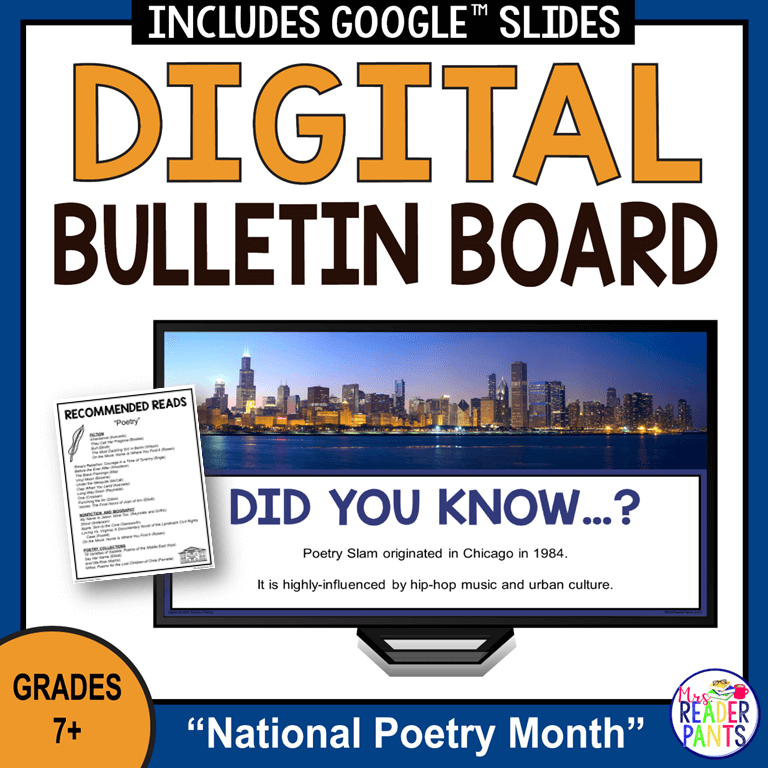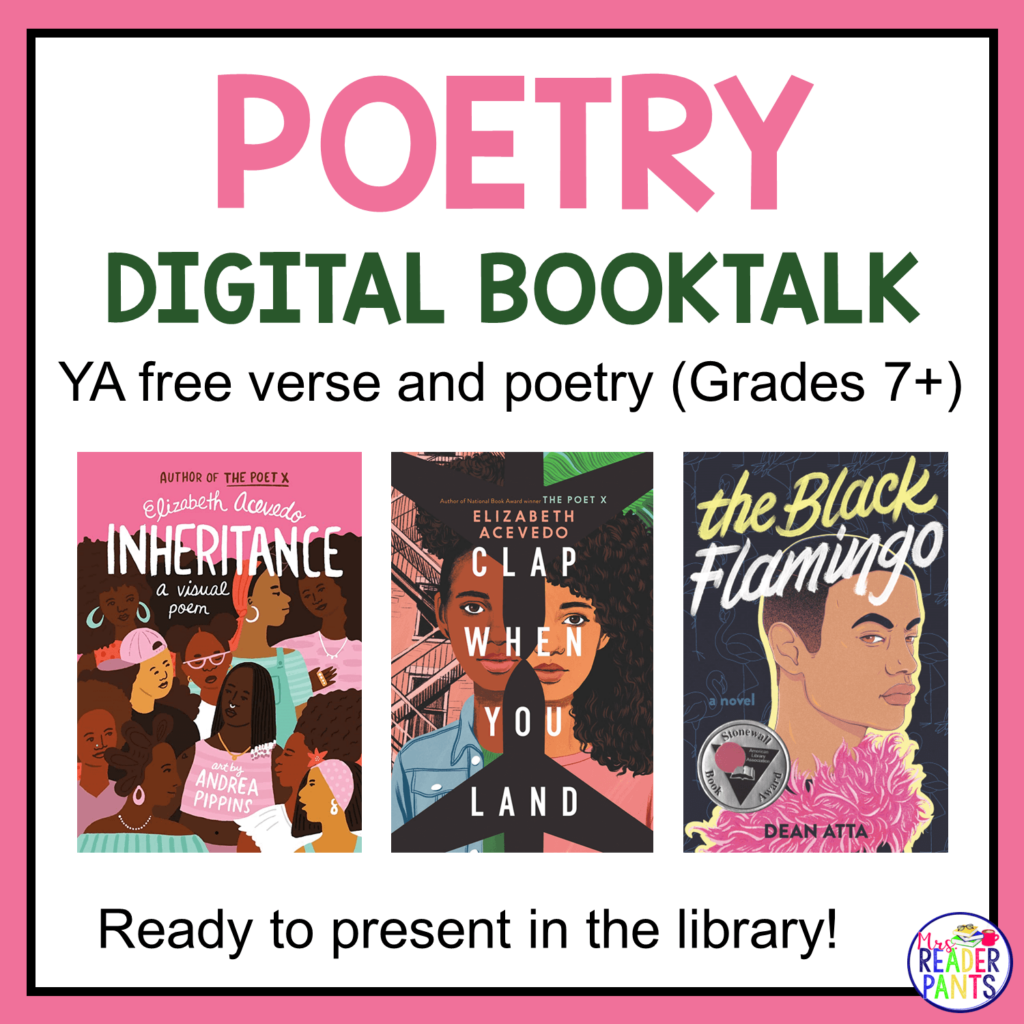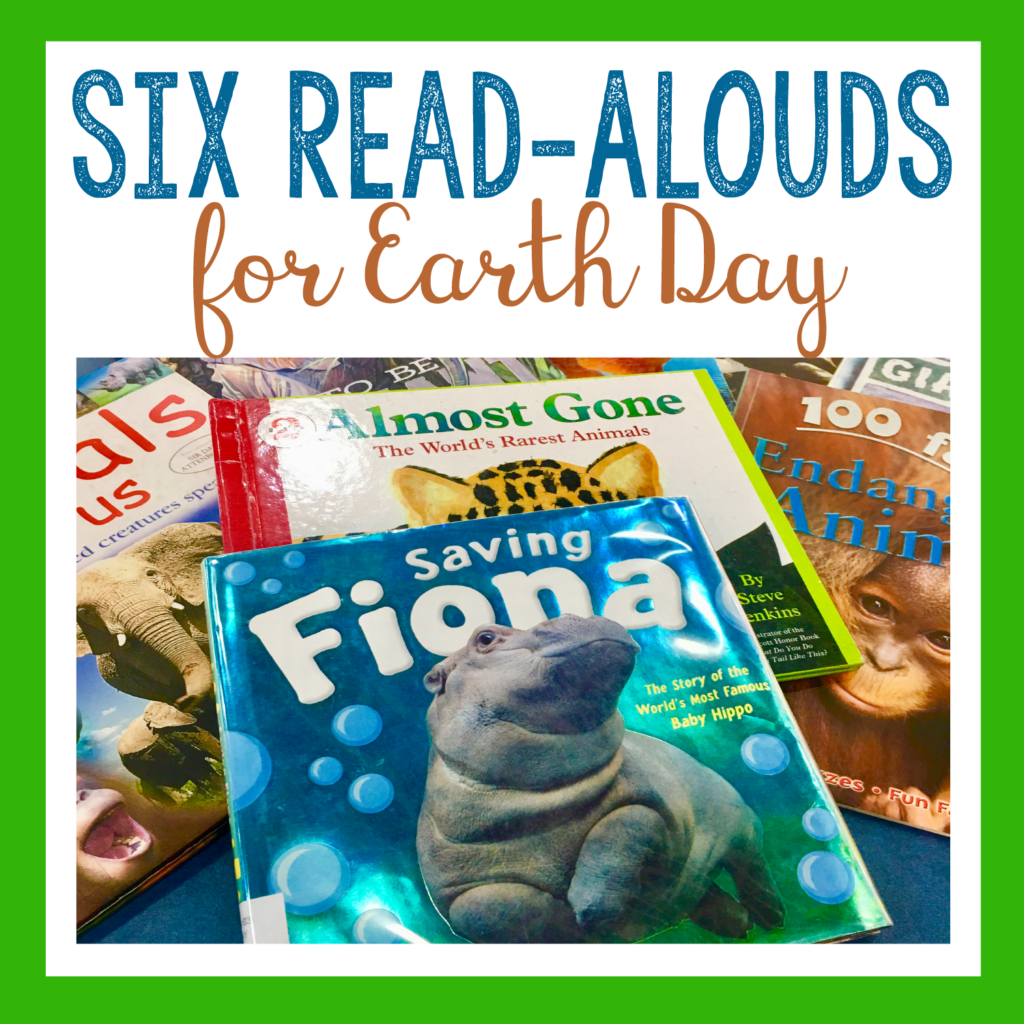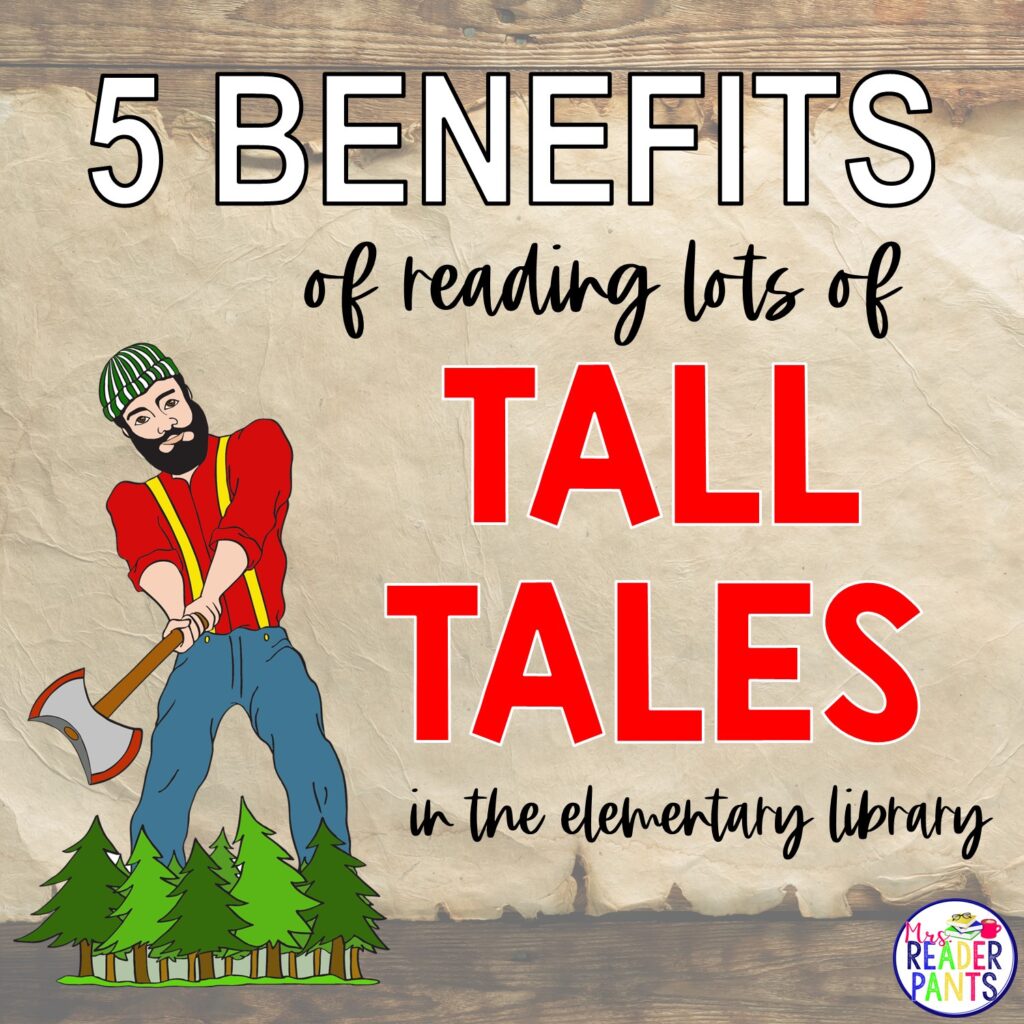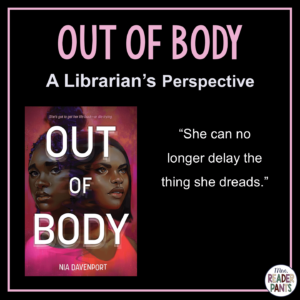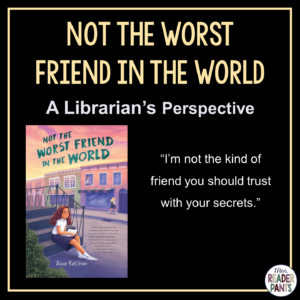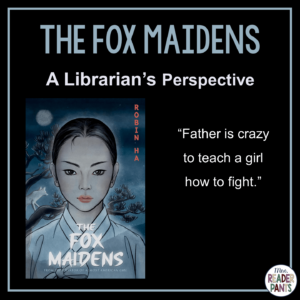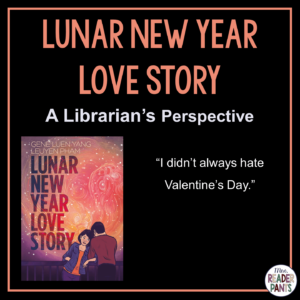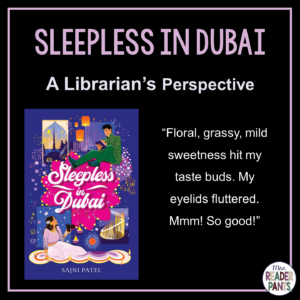The Grace Year, a creepy dystopia from Kim Liggett, will stick with you long after you close the pages. I personally didn’t love the ending, but it works for the story. At least it wasn’t predictable!
 AUTHOR: Kim Liggett
AUTHOR: Kim Liggett
SERIES: none
PUBLISHER: Wednesday Books
PUBLICATION DATE: October 8, 2019
PAGES: 416
GENRE: dystopia, horror
SETTING: island county called Garner; indeterminate time period
GIVE IT TO: HS, adults
SUMMARY OF THE GRACE YEAR
Every year in Garner County, teen girls are sent off for their “Grace Year,” a time when girls stay in the woods for exactly one year. The Grace Year is meant to give the girls time to rid themselves of their so-called magic, which drives men crazy and makes wives jealous. Before the girls go off for their Grace Year, a lucky few are chosen to be married. To her surprise, Tierney is one of the chosen girls, though she has no interest in being married. Now, she must disappear deep into the woods, where she must survive disease, hunger, wild animals, poachers, ghosts, and the elements. She also has to survive the other girls.
WHAT I LIKED ABOUT THE GRACE YEAR
Well, that was a lot of fun! I’ve seen The Grace Year compared to Lord of the Flies and The Handmaid’s Tale, and those are good comparisons. It also reminded me of the M. Night Shyamalan film The Village (2004) because of the closed-off nature of the entire village to the outside world. Shirley Jackson’s story “The Lottery” came to mind, too, because of how superstition and human behavior flaws led the “good” people of the county to whip or kill innocent women who had done nothing to deserve such extreme punishment.
I liked that the time period felt like the 19th Century, but it could really have been any time in the past 200 years, the present, or a distant future. This island is so closed off; there is no telling what’s going on in the world around them. The characters could be the only survivors of an apocalypse 1000 years into the future for all we know.
Speaking of superstition, I loved the way it’s used to turn people against one another. In this way, it’s a bit of an allegory to modern times. If we are fighting each other, if we hate certain groups or countries, if we are confused by millions of mixed messages every day, we aren’t turning our anger on our political leaders. We are not organized. We argue with each other on social media instead of uniting over common causes. We hear so many bad things on the news and in social media, and it’s so very easy to fear and mistrust others. The Grace Year gets bonus points for the hierarchy of social power and the use of threats and terror as a means to control people (in this case, women).
I loved all the flower language. Very cool!
TEACHING HIGH SCHOOL ENGLISH?
Pair this with The Lord of the Flies! Compare Kiersten with Jack, Tierney with Ralph, and Gertie with Piggy or Simon. Look at the power struggles between Kiersten and Tierney, and compare them with those of Jack and Ralph. Talk about how Kiersten could represent dictatorship, and Tierney could represent democracy. How is the fear of “ghosts” and “beasts” important to both stories? How is the girl’s body on the ridge in The Grace Year like the pilot’s body in Lord of the Flies? It’s been awhile since I read Lord of the Flies, so I’m sure there’s much more to compare.
WHAT I DIDN’T LIKE ABOUT THE GRACE YEAR
I wasn’t really a huge fan of the ending. I liked that it wasn’t what I expected, but it was kind of a letdown, too. It was like I’ve spent all this time blowing up this huge balloon, just waiting for a fantastic and loud POP! But instead of a loud pop, someone just put a piece of tape on the balloon and stuck a pin into the tape. Instead of the pop, I got a slow and sad leaking of air. It’s not a terrible ending, but it felt pretty anticlimactic.
The pacing was uneven. Sometimes, I was at the edge of my seat. Other times, it took forever to get through the details of certain scenes. It was interesting and kept me reading, but I occasionally found myself skimming.
ARTWORK / ILLUSTRATIONS
The cover isn’t very memorable, but I do like that it’s pink. Pink implies romance and femininity, the perfect juxtaposition for a horror story like this one.
LIBRARIANS WILL WANT TO KNOW
- Themes: forced marriage, feminism, women’s rights, femicide, cannibalism, unity, death, magic, fear, power, corruption, survival
- Would adults like this book? YES
- Would I buy this for my high school library? YES
- Would I buy this for my middle school library? NO (see content notes below)
DIVERSITY
Several characters are described as blonde, and all appear to be white and middle class. Unnamed characters live in the impoverished “Outskirts.” There is no discussion of skin color.
MATURE CONTENT
- Language: mild–whore, slut
- Sexuality: medium-high–sexual innuendo, dirty old men, dirty young men, talk of sex, menstruation, sexual intercourse (mentioned often but never described), kissing, multiple mentions of prostitution and child prostitution. While all this sounds really bad, none of it is detailed.
- Violence: very high–public punishment (hanging, burned alive, cutting off body parts), cannibalism, murder, use of knives and axes as weapons, poisoning, branding of baby girls, corpse desecration
- Drugs/Alcohol: mild–poisoning
- Other: extreme misogyny, teen pregnancy
BOOKTALK OR DISPLAY THE GRACE YEAR WITH




